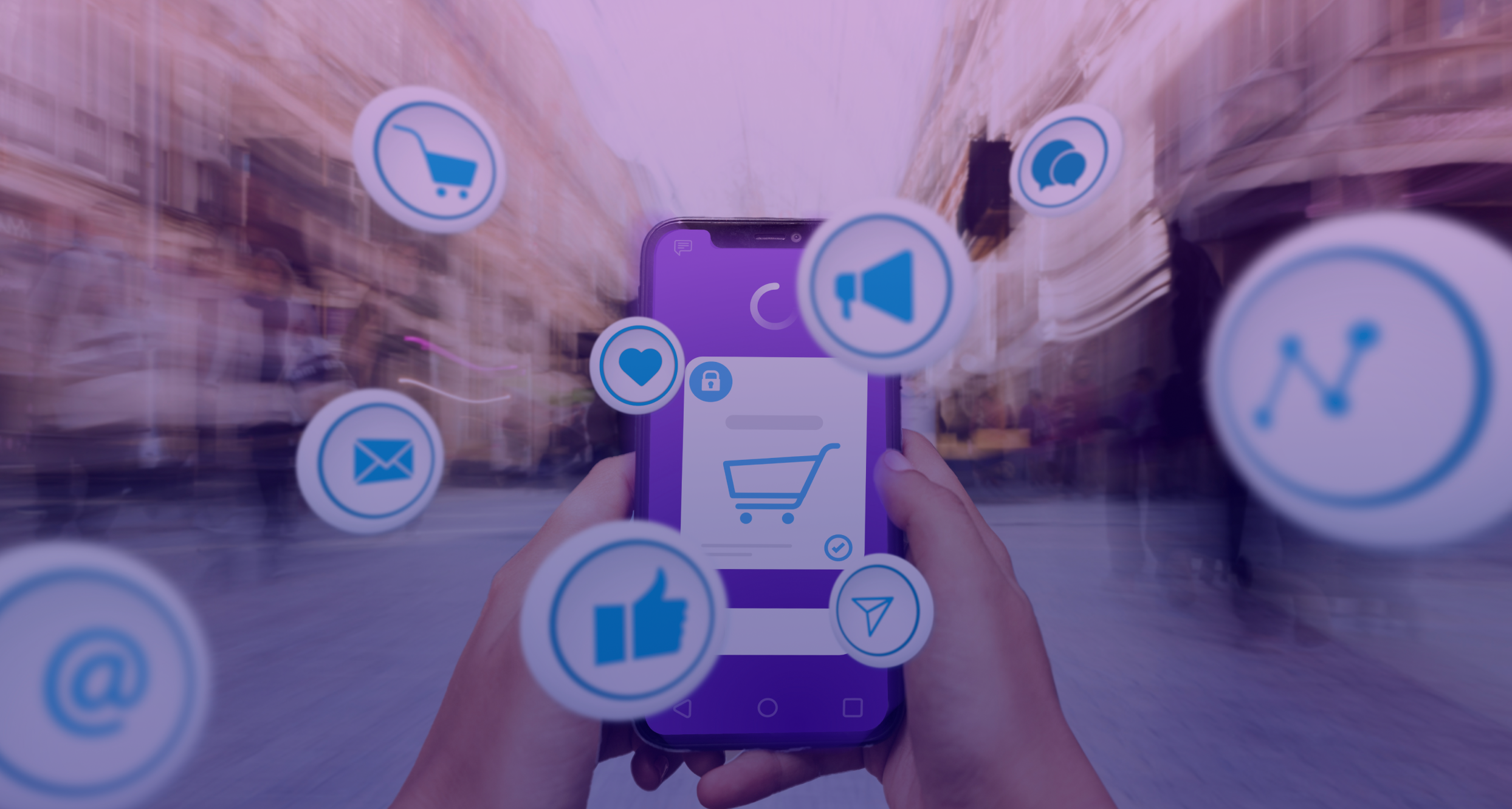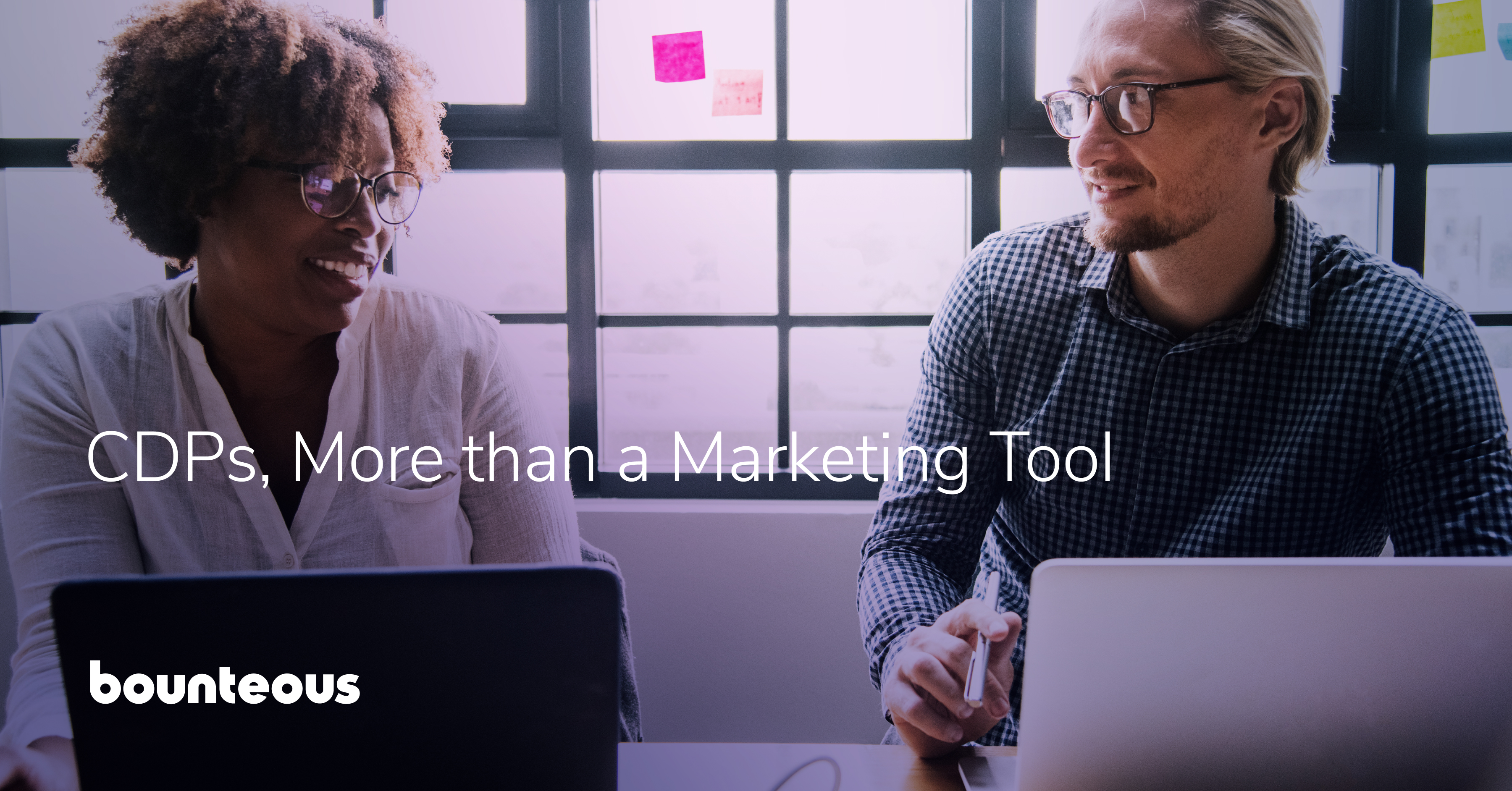AI Is Transforming CDPs Into Growth Engines

Many years ago, one of the earliest Bounteous-led CDP implementations for a retail client revealed just how far customer data technology had advanced beyond traditional marketing data marts (MDMs). What once took weeks to aggregate in legacy systems could now be delivered in minutes through a CDP. At the time, integrating machine learning insights required coordination across data science, IT, and marketing teams.
Today, that complexity is being replaced by intelligence embedded directly into the CDP itself. Recent CDP requests for proposal (RFPs) led by Bounteous show that the most advanced platforms are already evolving into AI-powered engines and the pace of change is accelerating.
The CDP Market Is Entering a New Phase
The CDP market has undergone one of its most significant shifts since the category was created. What started as a way to unify fragmented customer data into a single profile is evolving into something far more powerful: intelligence engines powered by AI.
Across the spectrum, enterprise leaders like Adobe and Salesforce, composable players like Hightouch and RudderStack, and mid-market platforms like ActionIQ and Blue Conic are weaving AI capabilities directly into their core offerings. This isn’t a cosmetic upgrade, but rather a fundamental change in how these platforms are being used by marketers and technologists.
Why AI Is Changing the Game
Companies today need more than clean data. They need predictions, personalization, and automation at scale. Rule-based segmentation and static journeys are being replaced by AI-driven recommendations, predictive models, and real-time decisioning.
With AI, CDPs can spot churn signals in subtle behavior shifts, recommend the next best action in real time, and dynamically optimize customer journeys across channels. This evolution turns the CDP from a centralized data hub into an active growth engine, one capable of adapting to each customer’s unique path in the moment.
Vendor Strategies Are Starting to Diverge
We’re already seeing vendors pursue AI digital transformation in different ways. Adobe and Salesforce are layering in generative AI to automate audience creation and simplify workflows. Hightouch and RudderStack lean on warehouse-native models, enabling brands to operationalize existing AI and machine learning investments. ActionIQ, Blue Conic, and Amperity are differentiating with predictive segmentation, AI-driven identity resolution, and anomaly detection.
Each vendor is bringing a unique strategy to how AI gets embedded, some leaning into extensibility while others focus on out-of-the-box intelligence.
We’re seeing this across industries as well. For instance, in the healthcare space, Bounteous recently partnered with a renowned East Coast based health system to help them identify the right CDP vendor that leverages advanced AI and prioritizes strong governance as AI continues to evolve. In a highly regulated industry like healthcare, ensuring responsible data use is just as important as unlocking AI's predictive and personalization power. We’ve guided them through vendor evaluations with a lens on data privacy, compliance, auditability, and ethical AI practices. We've also highlighted vendors that can drive meaningful insights and patient engagement through machine learning. By balancing innovation with governance, we ensure the client selects a platform that supports immediate business value and long-term trust in how data and AI are applied.
What's Next: Trust, Governance, and Real-Time Action
Looking ahead, analysts expect AI to become table stakes in CDPs within the next couple of years. Features like predictive scoring, content recommendations, and automated journeys will soon be expected rather than optional.
The real differentiators will shift toward transparency, governance, and integration.
- Transparency – Can users see and understand how the models work?
- Governance – Is there a clear audit trail and version control?
- Integration – Does the platform play well with the broader enterprise AI ecosystem?
As we help clients assess CDPs today, these are the emerging criteria gaining importance. The vendors who can balance power with trust, through explainability, compliance, and robust governance, will be the ones who lead the next generation of platforms.
AI Will Define the CDPs of Tomorrow
Ultimately, the CDP of the future won’t just unify customer data. We will need to focus on not only what we can automate or predict, but in how transparently and responsibly we do so.
Now is the time for brands to evaluate their martech ecosystems through the lens of both innovation and integrity, choosing partners and platforms that turn AI potential into measurable and lasting growth.
Featured Perspectives

The Power of Data Unification and Why It Matters for Both Technology and Marketing

Maximize Your Marketing Potential with Google Marketing Platform (GMP) and ActionIQ
